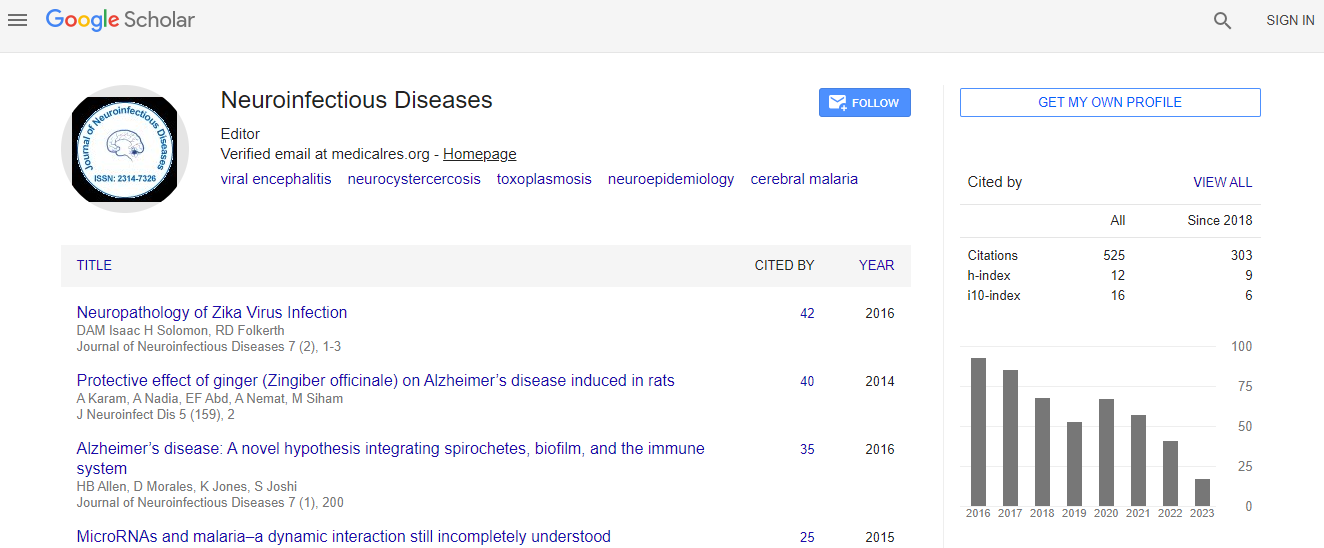Case Report
Leclercia adecarboxylata: The First Reported Infection of Cerebrospinal Fluid and a Systematic Review of the Literature
| Jill P Stone1, Hannah St Denis-Katz2, Claire Temple-Oberle3*, Phillipe Mercier4, Jonah B Mizzau5 and Alim P Mitha4 | |
| 1Division of Plastic Surgery, Department of Surgery, University of Calgary, Calgary, Canada | |
| 2University of Saskatchewan, Canada | |
| 3Division of Surgical Oncology, Department of Surgery, University of Calgary, Calgary, Canada | |
| 4Department of Clinical Neurosciences, University of Calgary, Calgary, Canada | |
| 5Department of Internal Medicine, University of Calgary, Calgary, Canada | |
| Corresponding Author : | Claire Temple-Oberle Division of Surgical Oncology, Department of Surgery University of Calgary, 1331 29 St NW T2A4N2 Calgary, Canada Tel: 1403-220-5110 E-mail: Claire.Temple-Oberle@albertahealthservices.ca |
| Received: June 11, 2015 Accepted: July 19, 2015 Published: July 23, 2015 | |
| Citation: Stone JP, Denis-Katz HS, Temple-Oberle C, Mercier P, Mizzau JB, et al. (2015) Leclercia adecarboxylata: The First Reported Infection of Cerebrospinal Fluid and a Systematic Review of the Literature. J Neuroinfect Dis 6:181. doi:10.4172/2314-7326.1000181 | |
| Copyright: © 2015 Stone JP, et al. This is an open-access article distributed under the terms of the Creative Commons Attribution License, which permits unrestricted use, distribution, and reproduction in any medium, provided the original author and source are credited. | |
| Related article at Pubmed, Scholar Google | |
Abstract
Background: Leclercia adecarboxylata is an emerging pathogen in the clinical setting. Initially considered an opportunist pathogen commonly associated with polymicrobial infections in immunocompromised individuals, recent evidence recognizes this pathogen in healthy individuals and with a growing antibiotic resistance profile. We report the first case of Leclercia adecarboxylata in cerebrospinal fluid of a young trauma patient and present a systematic review of the literature. Patient demographics and clinical history, outcomes and treatments are outlined. Methods: A systematic review identified relevant studies published through PubMed, Medline and ProQuest until July 2015. Search terms included “Leclercia adecarboxylata” and “Esherichia adecarboxylata”. Non-human cases and reports devoid of clinical infections were excluded. Results: A total of 40 articles (51 patients including the current case) were identified and included in our analysis. Patient age ranged from 24 weeks to 81 years old and included 18 female, 24 male, and 9 unknown. Immunocompromised (n=32) and healthy patients (n=15) revealed clinical isolates from blood and wound cultures most commonly (n=21 and 11). Sixteen isolates demonstrated antibiotic resistance. Thirty four cases were monomicrobial and fifteen were polymicrobial. Patient treatment and clinical outcome are reported. Conclusions: We present the most up to date review of Leclercia adecarboxylata infections. As the number of L. adecarboxylata cases continue to expand so does our insight into its pathogenicity and role in human clinical infections.

 Spanish
Spanish  Chinese
Chinese  Russian
Russian  German
German  French
French  Japanese
Japanese  Portuguese
Portuguese  Hindi
Hindi 
